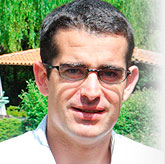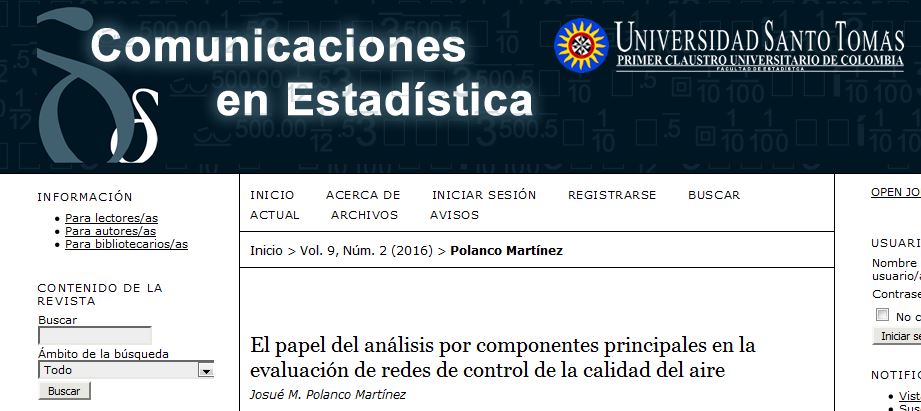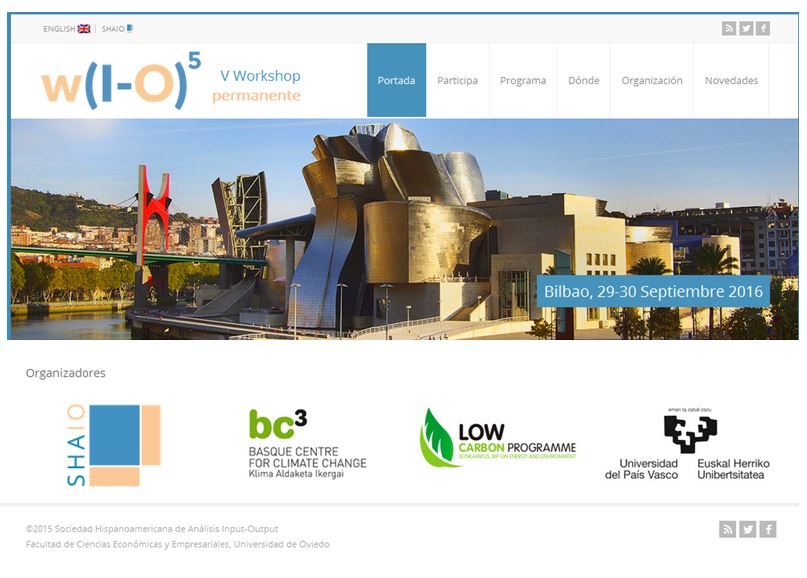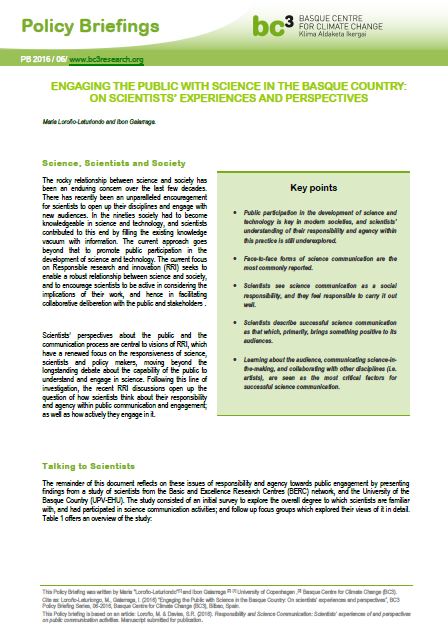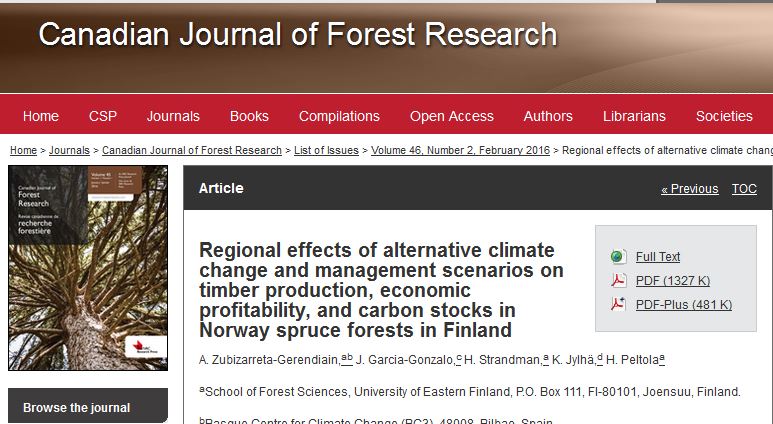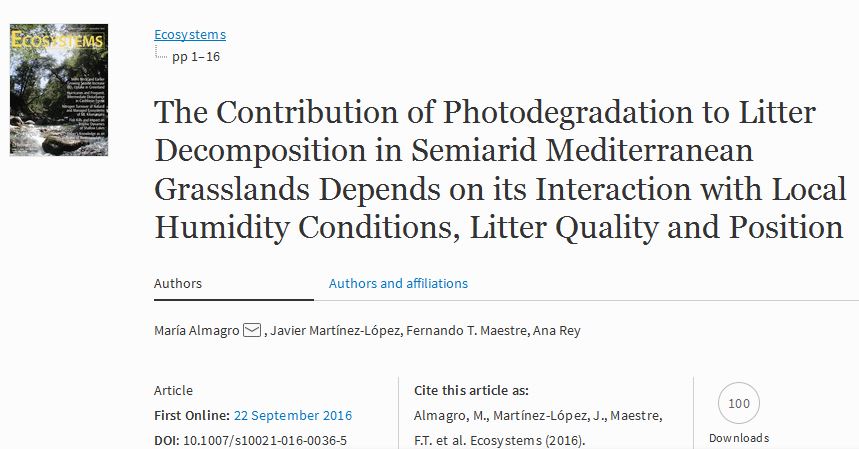Impact
November 12, 2016
Published by Maria Jose Sanz BC3Research at November 12, 2016
Dr. Ibon Galarraga offered a lecture at the preliminary workshop to the Side-Event on the INCCCETT Initiative 4 CB (COP22)
October 26, 2016
Published by BC3Research Stefano Balbi Ferdinando Villa Javier Martínez López at October 26, 2016
Categories
Quantifying and mapping ecosystem services (ES) that reach beneficiaries provide a key to distinguishing between the potential for benefit provision and the benefits actually accrued by society. Such a spatially explicit information framework can improve the accuracy of ES valuation and expand the value of ES assessments to decision makers.
Do you like it?
October 20, 2016
Published by BC3Research Elisa Sainz de Murieta at October 20, 2016
Klima aldaketaren inguruko hitzaldia eman du gaur, Urriak 20, Elisa Sainz de Murieta BC3ko ikerlariak Durangoko Berritzegunean.Hitzaldi hau BC3-k eskeini du, Ingurugela-rekin elkarkidetzan antolatzen duen ekimenaren baitan.
Do you like it?
October 17, 2016
Published by BC3Research Josue Polanco at October 17, 2016
Categories
Nuevo artículo publicado por BC3 del investigador Josué Polanco. El ACP es utilizado en una amplia gama de aplicaciones en el estudio de fenomenos ambientales, desde el analisis de campos meteorol ́ogicos hasta en la evaluacion de redes de control y vigilancia de la calidad del aire (RCVCA). Hoy por hoy, es posible encontrar una buena cantidad de publicaciones en ingles sobre este último tipo de aplicaciones, pero hay una carencia de informacion en castellano.
Do you like it?
October 14, 2016
Published by BC3Research Ferdinando Villa at October 14, 2016
Categories
This recent BC3 Journal Article authored by Ferdinando Villa examined the effects of two alternative land use-change development scenarios in the Puget Sound region of Washington State on natural capital stocks and ES flows. Land-use change model outputs served as inputs to five ES models developed using the Artificial Intelligence for Ecosystem Services (ARIES) platform.
Do you like it?
October 6, 2016
Published by BC3Research Javier Martínez López at October 6, 2016
Categories
BC3 just published its new Journal Article co-authored by Javier Martinez-Lopez. Protected areas (PAs) need to be assessed systematically according to biodiversity values and threats in order to support decision-making processes. For this, PAs can be characterized according to their species, ecosystems and threats, but such information is often difficult to access and usually not comparable across regions.
Do you like it?
September 30, 2016
Published by BC3Research Iñaki Arto Ignacio Cazcarro María Victoria Román de Lara at September 30, 2016
Categories
El V Workshop de Análisis Input-Output. Este workshop fue organizado conjuntamente por la Sociedad Hispanoamericana de Análisis Input-Output (SHAIO), BC3, Low Carbon Programme y la Universidad del País Vasco.
Do you like it?
September 26, 2016
Published by BC3Research Ibon Galarraga at September 26, 2016
Categories
New Release of BC3 Policy Briefing [PB/2016-06]
Maria Loroño-Leturiondo and Ibon Galarraga.
“Engaging the public with science in the Basque Country: On scientists’ experiences and perspectives”
Do you like it?
September 26, 2016
Published by BC3Research at September 26, 2016
Categories
In this news Journal Article of BC3 authored by Ane Zubizarreta, we studied regional effects of alternative climate change and management scenarios on timber production, its economic profitability (net present value (NPV), with 2% interest rate), and carbon stocks over a 90 year simulation period in Norway spruce
Do you like it?
September 22, 2016
Published by BC3Research Javier Martínez López at September 22, 2016
Categories
This new BC3 Journal Article look at how UV radiation interacts with prevailing climatic conditions and litter quality to determine leaf litter decompositionas it is fundamental for understanding soil carbon cycling pathways and ecosystem functioning in drylands. We carried out a field manipulative experiment to investigate how litter quality (labile and nitrogen-rich Retama sphaerocarpa vs. recalcitrant and nitrogen-poor Stipa tenacissima), position (on the ground vs. standing) and different UV radiation levels (UV pass vs. UV block) affect litter decomposition rates at two semiarid Mediterranean steppes.
Do you like it?

